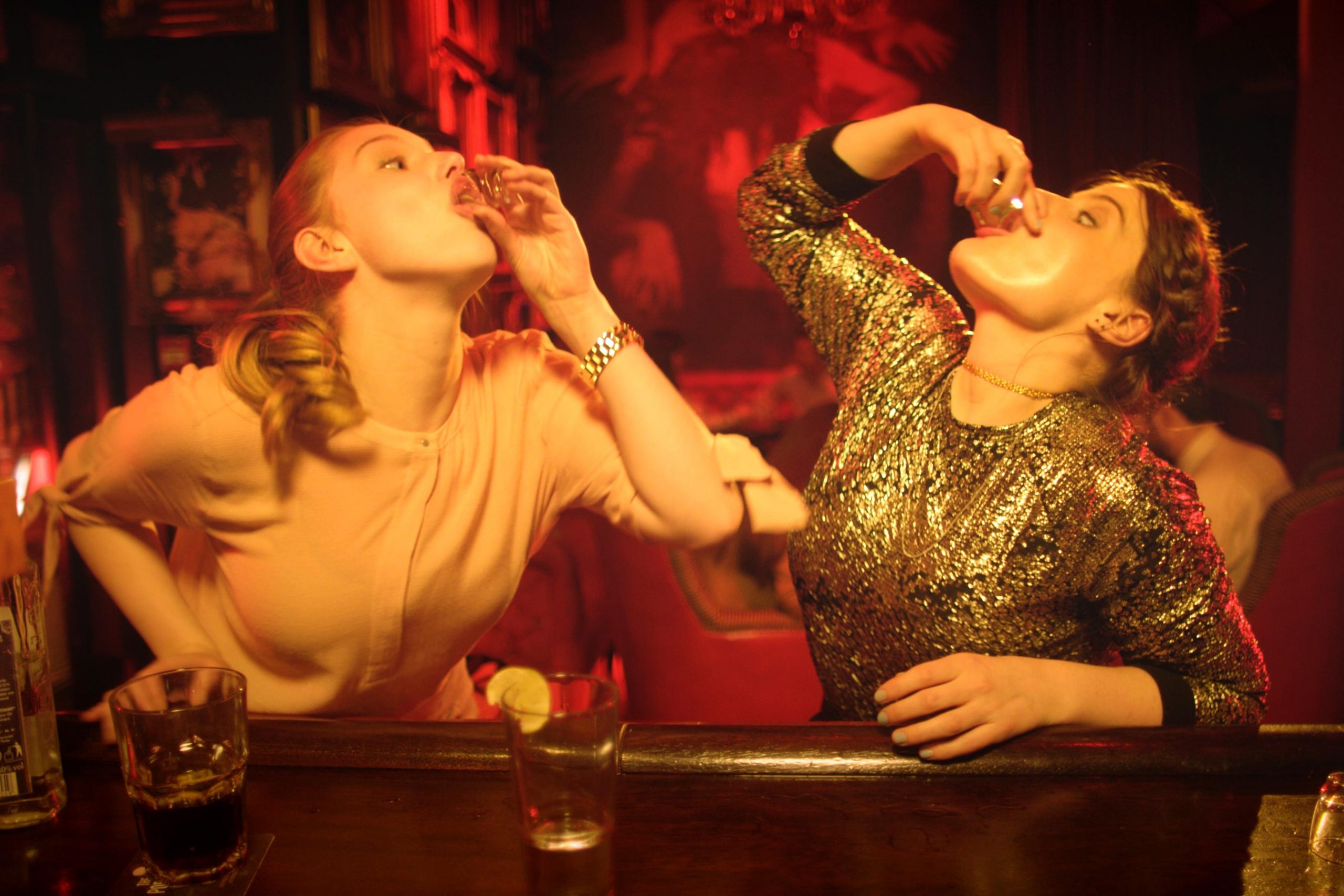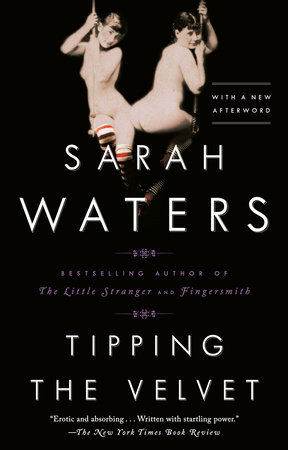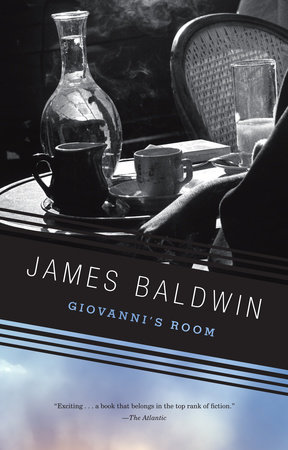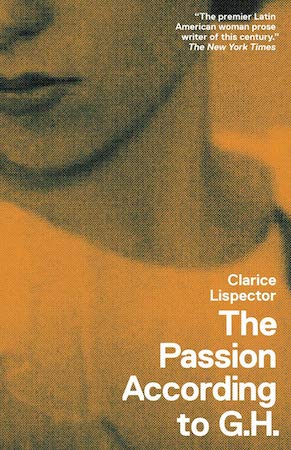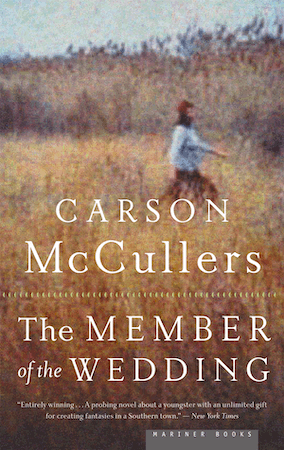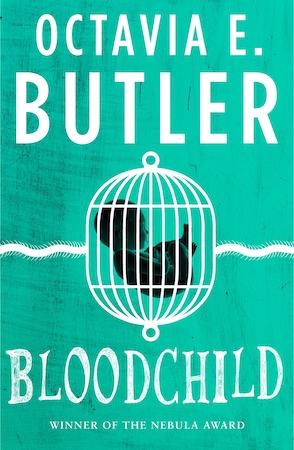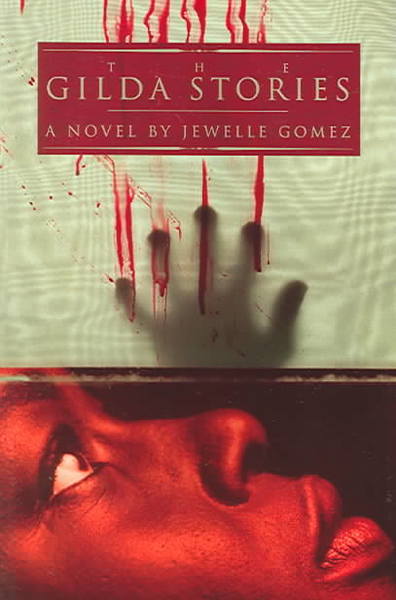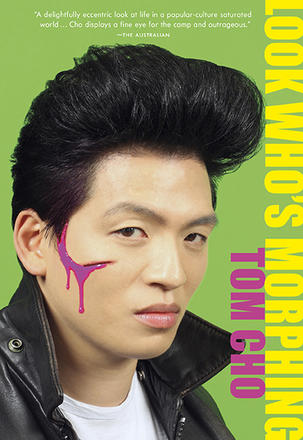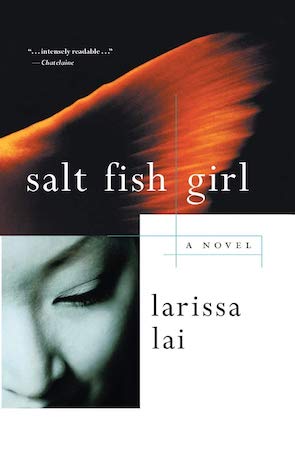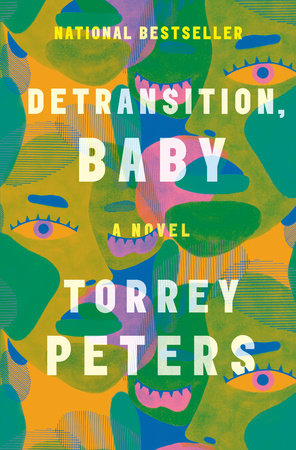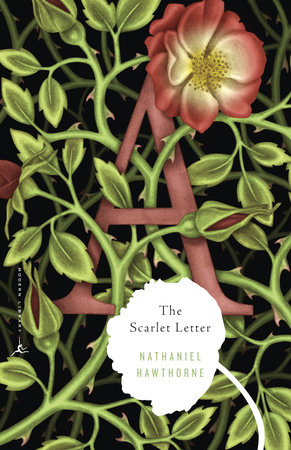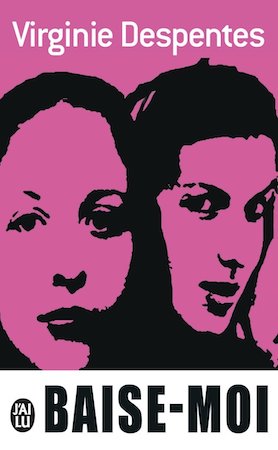If you enjoy reading Electric Literature, join our mailing list! We’ll send you the best of EL each week, and you’ll be the first to know about upcoming submissions periods and virtual events.
When I Google-searched inspiration for a list of books about codependent relationships, I was sent immediately to the self-help area. There is a whole subgenre of books, it seems, dedicated to teaching people how not to need each other so much. But I’m interested in something else. What I want to read about is how deeply and obsessively characters want each other, how completely their desire transforms them, how two characters together become something other than either character could be alone. I’m interested in characters who create miniature worlds together, with their own rules, and maybe their own language. I’m interested in how these mutually-constitutive relationships free them of some of the world’s interpretations and demands, and even sometimes empower them to imagine and enact new realities.
“Mental health is always so measured by a person’s ability to thrive independently,” says one of the Sarahs in my story collection Sarahland. She’s a Sarah obsessed, a Sarah with the urge to merge, a Sarah who wants to both be and become her lover. While this particular Sarah loves with an intensity that borders on violence, the collection is full of Sarahs who love a little too hard, who desire a closeness a little too extreme, who merge with pop-cultural and literary figures, with fantasies, and with each other, and in this merging, transform.
For those of us who struggle in a world of hierarchical power, and especially for those who are not privileged by the structures in place, sometimes a magical-seeming other shines like a beacon, like a map of possibilities, like a way out, like a potential future. Sometimes it’s only possible to be who we’re meant to be by being it together. Here are 13 books that explore the earth-shattering capacity of the power of two.
Tipping the Velvet by Sarah Waters
Nan, a dorky small town oyster shucker in 19th century England, is obsessed with Kitty, a cross-dressing cabaret performer in a can’t-tell-if-you-wanna-fuck-her-or-be-her way. She spends all her oyster money on seeing Kitty’s show every single night and then, on the road as Kitty’s assistant, she ends up doing both, fucking Kitty and becoming her. Kitty trains Nan as a performer and they’re madly in love and have a successful cabaret show as cross-dressed twins. I love this novel for its portrayal of how recognition of queer desire can blow apart the world, completely reshaping one’s identity and way of moving.
Giovanni’s Room by James Baldwin
Midcentury American David moves to Paris at least unconsciously so that he can explore his homosexual desire. He drifts his way into a bar of swishy men with their own language of she pronouns and witty repartee and falls for Giovanni. The eponymous room is dark and at the edge of town, and in it, away from the rules and the gaze of the world, David and Giovanni are liquefied by desire. Only, David remains a little solid, eventually leaves the nest of mutual queer reconstitution for a life of bourgeois respectability. Giovanni says he will die without David, and, via a series of devastating events, does.
Passion According to G.H. by Clarice Lispector
A rich Brazilian lady enters her maid’s room once her maid has left, sees a cockroach, and falls so in love with it that she does not know how she will ever return to humans and parties and language etc. The cockroach somehow contains the goo that is the meaning of all life, the narrator understands herself as an earth creature, all former meaning is lost to her, and the cockroach sees her and remakes her in its gaze. This is the whole plot of this book. It is one of my favorites.
Member of the Wedding by Carson McCullers
This is a book about an adolescent misfit named Frankie who becomes codependent with her own fantasy of her brother’s wedding. She is sure that the wedding is “the we of me.” As a girl in love with a wedding, Frankie transforms: she changes her name to Jasmine and moves around her town with a new sense of agency and possibility. I love that Frankie/Jasmine is able to be so transformed by love for an object that only exists in her imagination.
Bloodchild by Octavia E. Butler
In the world of this novella, adolescent boys and young men are non-consensually impregnated by very nurturing aliens. The aliens seem to truly love the boys, cuddling them from babyhood and feeding them a sweet druggy milk straight from their bodies. But they are also implanting them with little alien eggs that will have to be harvested by slicing the boys open in an extremely violent procedure the boys may or may not survive. This story fucked me up forever around the question of whether violence and possession are ever fully separable from love, and made me wonder if all love stories are horror stories, too.
The Gilda Stories by Jewelle Gomez
In this queer reimagination of the vampire novel, the sharing of blood and power are used to fight against forces of oppression. The name Gilda is passed down from vamp to sire blurring the lines between self and other, especially when one Gilda has the other Gilda’s blood coursing though her veins. The Gilda Stories imagines what is possible when multiple marginalized yet powerful outsiders merge and power becomes collective.
Look Who’s Morphing by Tom Cho
Baby from Dirty Dancing has a Catskills tryst with Patrick Swayze in which she imagines herself as a leather hunk named Bruce, such that when she leaves the Catskills, she is no longer Baby at all. Maria from Sound of Music has her affair with Captain von Trapp but then realizes that she actually wants to be Captain von Trapp and leaves for the mountains to figure that out. In this collection of stories, the narrator merges with pop-cultural objects, transforming them into queerer situations even as he comes to understand who he is on their terms. A book about inescapable codependency with the most mainstream cultural narratives, while allowing those narratives to shape-shift in order to become the stories we need.
Salt Fish Girl by Larissa Lai
A postmenopausal woman in a future corporate dystopia eats a forbidden durian and gives birth to a human girl, Miranda, who’s a little stinky and scaly. Miranda is the reincarnation of Nu Wa, a mermaid from 18th-century China who had transformed into a human in love with a girl who sold salt fish in the market. Miranda works in a lab, for a doctor who is secretly running tests on her, when she meets Evie, a mostly human but part freshwater carp clone, part of a cadre of clones created as a labor force for factories. Evie and Miranda escape the world of corporate ownership and human experimentation, find a hot spring in a forest, and grow mermaid tails which merge together so that they become a single two-headed mermaid—unbeknownst to them, possibly a return to Miranda’s original Nu Wa form, and only possible together.
Detransition, Baby by Torrey Peters
Ames FKA Amy has de-transitioned, gets his girlfriend Katrina pregnant, and decides he needs his ex-girlfriend Reese—who he hasn’t spoken to in five years—to co-parent the baby with him and Katrina. Katrina sees him as a cis man and her gaze, he is sure, will turn him into a cishet father, something he knows he cannot survive. He wants Reese to be there to see and keep seeing the Amy within Ames, who is dormant without her continued vision. It kind of works out for everyone, maybe. I love the possibility this novel suggests of gathering up exes into a family in order to be who you were with all of them at the same time, instead of having to let those selves go.
Letters of Mina Harker by Dodie Bellamy
Dracula is already a book about codependence, maybe all vampire books are. It’s about women who are only rescued from the safe prison of domesticity by merging with the monstrous. In this book, the Dodie character merges with Mina Harker in her own kind of vampirization of literature, merging with the text at the same time that she merges with the Kevin character, falling in messy, needy, sometimes gross love.
The Scarlet Letter by Nathaniel Hawthorne
It’s weird because I thought we learned that this was a book about feminism and a woman’s right to sleep around among a town of judgy Puritan gossips. But I reread this recently and it’s actually more about the codependent relationship between Reverend Dimmesdale, the father of Hester Prynne’s child, and Roger Chillingsworth, her cuckolded husband. Chillingsworth moves in with Dimmesdale under false pretenses as a supposed healer, in order to gleefully torment him. He drives Dimmesdale to spiritual and psychological illness while he himself becomes a caricature of a raving psychopath. Once Dimmesdale dies of guilt-and-shame-related illness, Chillingsworth dies too. The message of this book might be that codependence between white settler patriarchs can never lead to good.
“Tristes Tropiques” from White Girls by Hilton Als
“Did I love her or want to be her? Is there a difference?”
The narrator’s decades-long friendship with SL is beyond friendship; it is a relationship about which the narrator says, “I don’t want to exist much outside his thinking and regard,” about which he says, “I have felt myself becoming him,” about which he says, “how can he have a thought, a feeling, without me?” An essay about the real life that is brought forth by the birth of a we, and the devastation when those wes are disrupted: by AIDS, by racism, by heterosexual marriage. The essay ends with a suggestion that we are all acting out of desire to mirror the we to which we feel we belong, that even the white girl prosecutors of the Central Park Five were acting “in an effort to prove their twinship with Lady Justice.”
Baise-Moi by Virginie Despentes
After Manu is sexually assaulted and Nadine witnesses the murder of her friend, the two join forces and become something new and unimaginable together. What they become is serial murderers, on a road trip killing spree. While this book is emotionally difficult to read, it is also thrilling to witness the joining of two separate girls such that they become something wholly other that is only possible together. It’s also hard not to fall in love with the incredible mutual tenderness between them as they destroy the world that has fucked them up.
